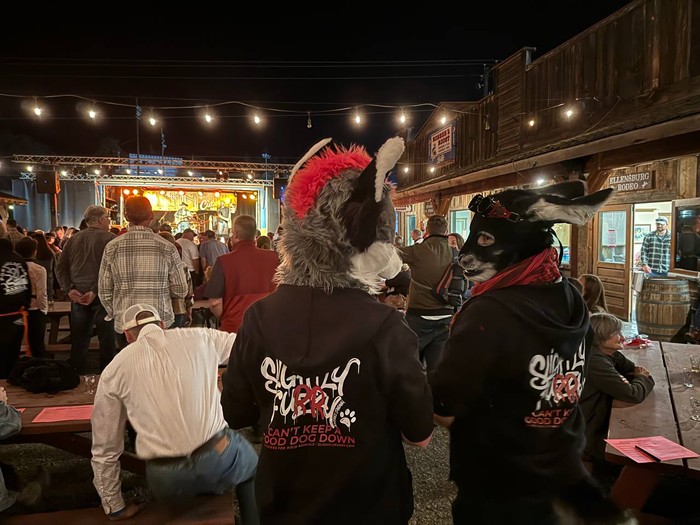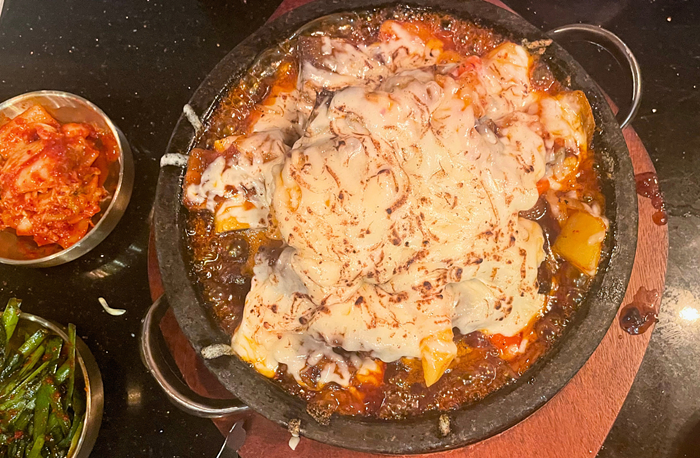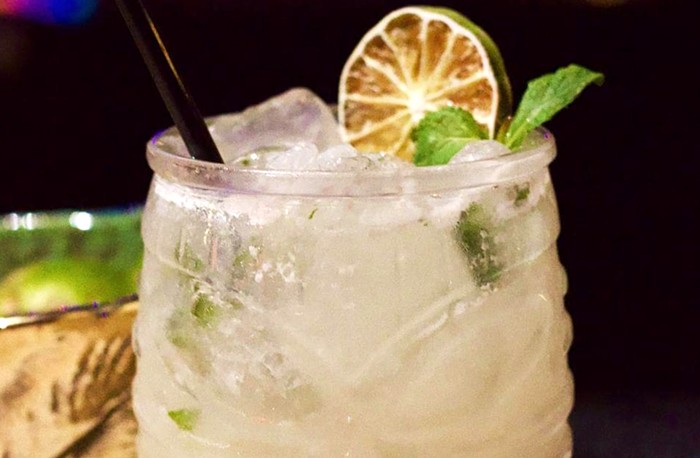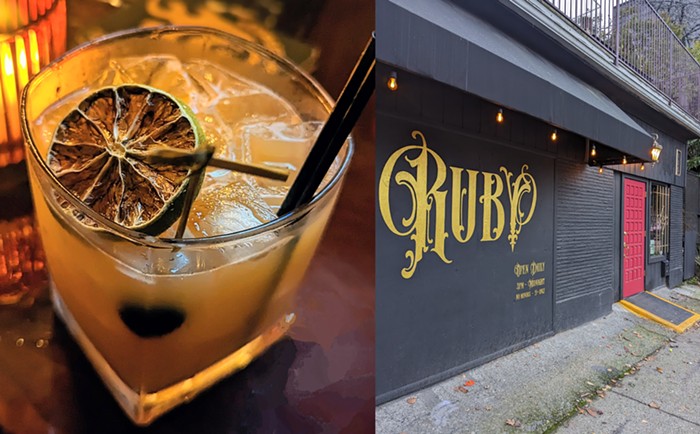
In 2011, the University of Washington Press, in association with UW's Department of Geography, published Seattle Geographies, a collection of essays that explored and explained the human geography of our region. One of the essays in the "Social Geographies" section of the book focused on gentrification in Columbia City. The author, Gary Simonson, who is currently an associate planner for the Puget Sound Regional Council, separated residents of this neighborhood into two groups: "gentrifiers" and "stayers." The former tended to be white and the latter black; the former were rising in numbers and the latter falling. The businesses of Columbia City were more and more catering to the former, who tended to be wealthier than the latter.
Stayers were not happy about this situation because "the new shops and restaurants were too expensive." Stayers saw themselves as "regular people." One stayer said this to Simonson: "Who's going to pay $10 for a hamburger? The white folks paying that, not us."
Another stayer complained that the pizza at Tutta Bella Neapolitan Pizzeria, an Italian pizzeria whose pies meet high international standards, wasn't the real deal. It did not have enough meat or cheese on it. "I'm more a Pizza Hut guy," the stayer said.
When I first read these and other like comments by the stayers, I felt very uneasy. The rejection of the kinds of hamburgers and pizzas that middle-class whites consumed seemed to be as much about culture as expense. "The food seems more like not real down home food like it used to be," said one of the stayers. There was a problem with this kind of thinking that I could not name precisely or productively. Yes, putting more meat and cheese on a pizza means more calories, and that tends not to be a very good thing for poor people who live in high-income societies. For the poor in low-income countries, calories are hard to obtain. For those in high-income countries, the very opposite is true: calories are dirt cheap and almost take no effort to obtain in large quantities. As a consequence, the rich in poor countries tend to look like the poor in rich countries, and rich in rich countries look like the poor in poor ones. But there was something else to this that I was missing.
That thing was found in a book I read two months ago, Farming for Profit in a Hungry World. Its author is Micheal Perelman, an agricultural economist who is sympathetic to the ideas of Karl Marx (particularly his theory of social relations), but who is not a Marxist but much closer to the American Veblenian tradition of social thought. Farming for Profit was published in 1977, is Perelman's first book, and it sets the foundation for his most famous and important work, The Invention of Capitalism.
Though Farming for Profit is mostly concerned with the Green Revolution, which Perelman believes was a failure and had more to do with promoting the products, machinery, practices, and ideology of Big Agriculture than helping to feed the poor, it also devotes a lot of space to exposing the true motives of modernization in agriculture. It has not, he argues, been about improving crops, or making life easier, but reducing the costs of labor. Modernization is about class struggle.
The chapter "The Human Dimension of Technical Progress" points out that at the time (the mid-1970s) most fresh market tomatoes were handpicked. But Big Agriculture, with assistance from US tax payers in the form of engineers and scientists from the University of California, had developed a mechanical tomato harvester. The justification for this bit of modernization was to "save the domestic industry from Mexican competition" (classic neoliberal logic). The machine also happened to be made when "workers began to organize successfully in the California tomato fields."
But the machine they made had this problem: It could only harvest green tomatoes because it easily bruised ripe ones. But this created another problem: The time between the farm and the market was too short for the tomatoes to ripen. The solution? Artificially ripen the tomatoes "with ethylene gas, a chemical which is released by plants under stress. This process reduces the vitamin A and vitamin C content in the tomato." (Ethylene is a plant hormone.) The result of all this effort and science and progress? Perelman writes...
[The] intensive work in breeding the tomato for mechanized harvesting and distribution, the US has developed a product unfit for the people.What this "unfit" comes down to is people eating class struggle.
The capitalists are in a struggle with labor (what May Day is all about). Labor wants more money and benefits (both of which lower profits for the owners of the means of production), and capitalists want huge returns on their investments. What do the capitalist do in this situation? Replace workers with machines. This is the history of much of the progress in our economic system. This is the class struggle that ends up on the plates of millions upon millions of Americans.
Back to Columbia City. What is the crucial difference between what the gentrifiers eat and what stayers eat? The former can afford food that has less class struggle in it. There is much more class struggle in a pie from Pizza Hut than one from Tutta Bella. There is much, much, much more class struggle in a chunk of cheap beef sold by the Safeway on Rainier Avenue (stayer food) than in the expensive grass-feed beef sold by PCC Natural Markets in Columbia City (gentrifier food). Cheap beef only means modernized beef production, and modernization is capital's main weapon in its war with labor. And the more class struggle you consume, the worse is your overall health. A diet that's heavy with class struggle also causes complications, inflammation, and constant stomach aches.
But what is truly sad in all of this is that the main victims of class struggle tend to be those who consume the most class struggle. You only need to catch the Route 7 bus on Rainier Avenue to see the impact this kind of diet has on the people—the poor condemned to eating processes that make the poor poorer.



















